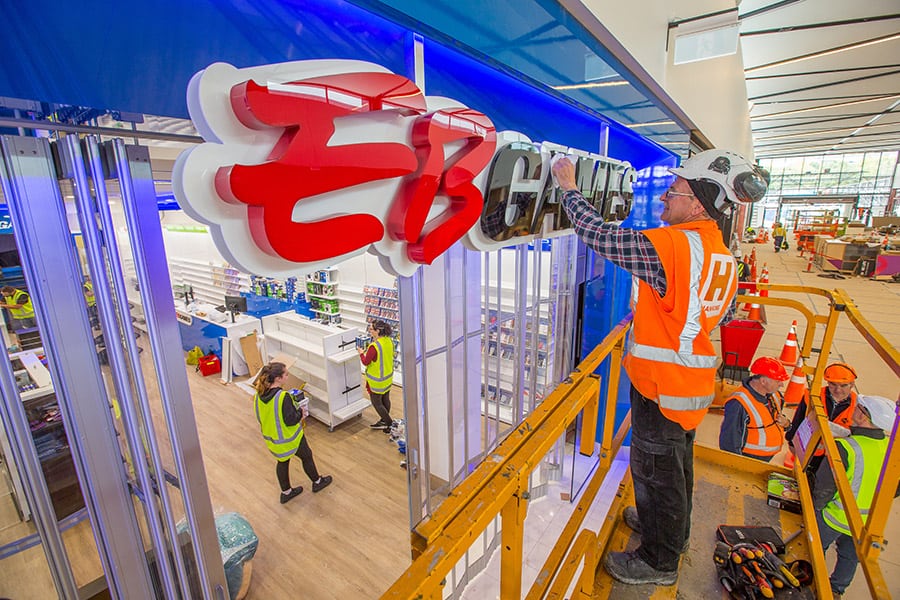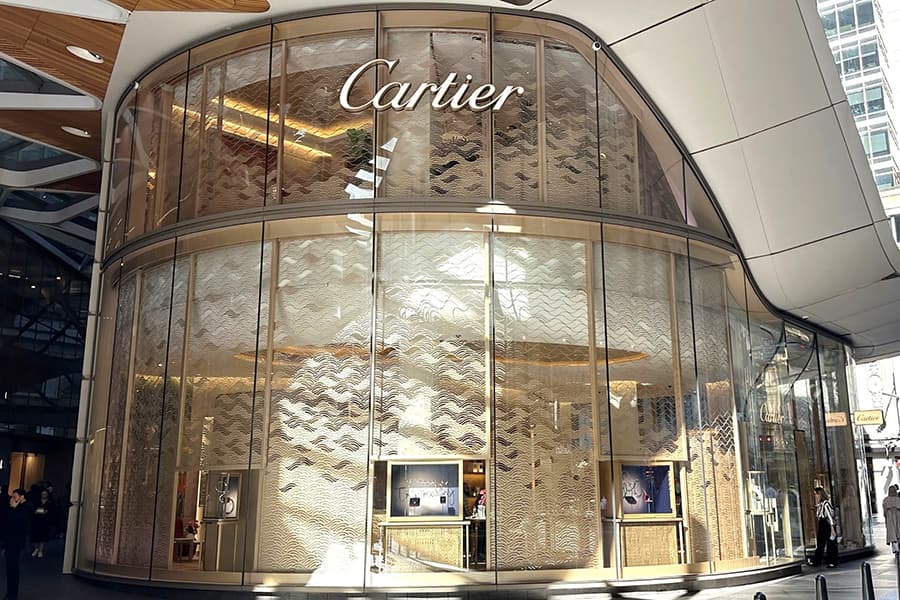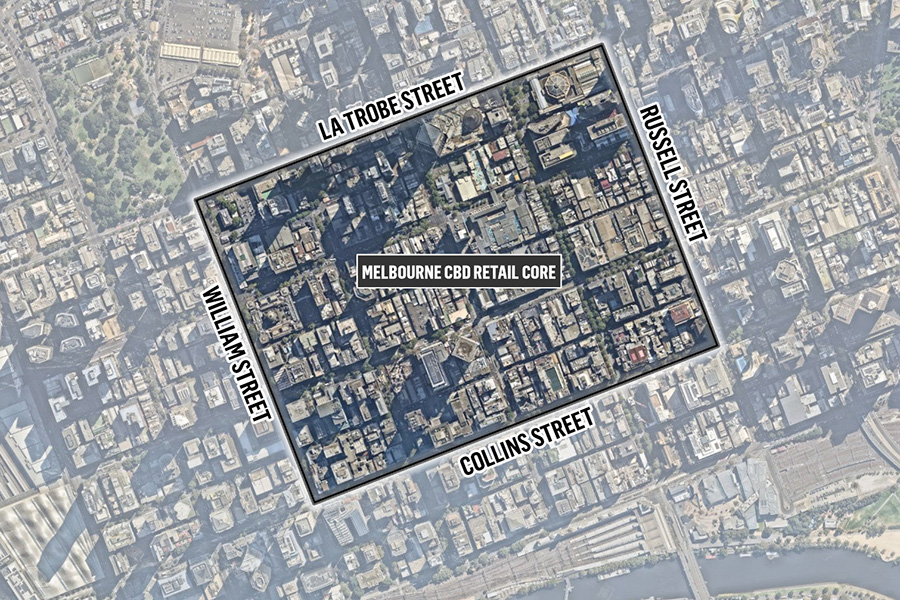Cinemas in shopping centres only occurred in the 1990s. Look at new usages – from mobile phones to sporting footwear – and what you see is a society in transition. Games on screens are a relatively new phenomenon; but as Helen Bakewell tells us, already revenue streams from video games are more than double that from box-office receipts from films! What does this mean for our industry?
Coined by trend predicting firm, Sparks and Honey, ‘kidulting’ is the new phenomenon that is now turning into a major real estate play, pun intended.
Kidulting is being an adult but embracing the inner child and playing, playing a lot – at home, at work, alone, with friends, with strangers, day and night. Up next is a bigger range of playtime, but not just for kids; for the early twenties and beyond. In a seemingly stressful world, the upcoming generations are looking for ways to prolong childhood and delay adulthood, or at least co-mingle the two. Play has strong links to childhood happiness and additionally has the benefits of building relationships and in turn communities – physically and digitally.
In a gig economy where individuals may have more than one job, on contract with different firms for different periods of time; clocking on at 9am until 1pm or 8pm; often only finding out when they turn up for work; the routine of going home each night by 6pm, eating dinner and grabbing a movie or your favourite TV show is long gone. The generation of people entering the workforce today are all about flexibility and adaptability, not necessarily because they want to be, but because this is the inherited workplace environment.
Today when looking for downtime to unwind from their many jobs, play is becoming an increasingly important part of people’s day and night. With play including both physical and digital play and now extending to phygical play (phygical is where digital and physical play merges). Playtime is just another form of escapism, downtime, chill’n.
The 1990s introduced cinemas to mainstream shopping centres, the new passive downtime, with the 2000s extending to family restaurants. The 2010’s downtime includes cafés, dining out, movies, bowling, laser tag, karaoke and more. Up next is an even bigger range of playtime.
So what does this mean for shopping centres? In shopping centres and town squares there are three main aims; extend customers’ time in the centre, increase spend per visit and increase frequency of visit, and if you are in development mode there is a fourth – extend the size of the trade area. How can more play help with this?
In a world moving from materialism to experiencism, incorporating play into the retail mix can help realise these goals.
Physical Play
Historically, the domain of young boys, places like Good Games and Games Workshop have been on the scene for a while with more than 60 stores across Australia, many of which are located within the shopping centre shell. Good Games is an international group of dedicated gaming environments whose clientele is now entering adulthood. Good Games host all the latest local, state and national championships. And this is no longer the domain of the young boys, with a diversity of individuals checking in to play.
But play now has further reach. One current trend in physical play is “drink and dribble” also known as “paint and pour”, “cork and canvas” and other names in between. Groups of people (often 35+ women – the biggest spenders in shopping centres) gather often in groups or solo to share a beverage and paint a canvas. The growth of these group activities that are non screen related are increasingly popular and nowadays extend beyond the traditional cooking lessons to a range of hands-on activities. The type of passive downtime of movie watching and book clubbing has started to evolve into the more physical hands on movement of creative experiencing. Typically, these activities happen outside of the home. If they happen in a shopping centre, then the habit of visiting the same shopping centre is reinforced as “my local” and additional, often accidental spend results, fulfilling the increase frequency of visit and time in centre goals.
And what about everyone’s favourite, LEGO? TrendWatching recently updated what LEGO is up to. LEGO “that kid’s company” is betting that adults need play in their lives too. LEGO’s recent Indiegogo campaign for LEGO FORMA, a build-it-yourself mechanical model, exceeded its crowdfunding goal by 830% in September. It’s impressive to see a Forbes’ 100 Most Valuable Brand turning to crowdfunding, and being embraced and supported by its followers. LEGO, in claiming to want to act like a start-up, is using start-up vehicles to understand its customers and identify which ideas are worth pursuing, without the typical big brand investment. Adult play seems to be a winner.

Legoland Mall of America
LEGO’s pursuit of in-store play has also extended to adult play with its stores hosting adult only nights for LEGO lovers to have ‘child-free’ fun playing with LEGO – just another form of play and downtime in the centre.
Activities like this in centre are habit building with visitation, and time in centre and spend extension, and with the scarcity of stores, LEGO is bound to extend trade area penetration for the typical super-regional shopping centre.
Digital Play
Anyone with teenagers knows how prolific this is for boys and girls but as the millennials grow up and enter the workforce, there is no sign of them outgrowing their digital gaming passion. In the 1990s, teams from different corporates would compete in the local real estate rugby or netball competition, a tradition continuing today. However, nowadays firms with younger employees run in-house FIFA competitions for their teams to help with building teamwork, trust and understanding. In some firms, this approach has been adopted to improve mental health management for stress release among younger employees – move the foosball table to one side, please.
The growth in esports globally is also a significant trend. Deloitte Insights’ latest report ESports Graduates to the Big Leagues makes for compelling reading with stats like the “market for video games has grown so much that industry revenues are more than double global box-office receipts for films”.
But it is no longer just what you can see on a screen; there are now major sponsorship deals with gamers able to wear Athleisure wear for their favourite eSports game, team or player.
There is also cross over sponsorship with physical sporting clubs sponsoring eSport teams. Just last year, Essendon AFL club bought an existing eSports team and re-branded it with the club’s name and colours. This falls in line with the Adelaide Crows AFL team and A-League club Melbourne City following a similar journey – but why? To get their club message to a broader, more youthful audience and to get them to come to games.
Phygical
This is where physical and digital play collide – enter Riot Games from South Korea. Riot Games, the company behind League of Legends (LoL), is currently building the LoL Park eSports stadium set to be fully functional in January 2019. The complex plans to include a 500-seat stadium, fan zone, 24-hour internet café and hall of fame featuring jerseys from LoL pros. Similar venues have already opened in Canada (The Gaming Stadium) and US.
Global brands are now partnering with LoL, with MasterCard the first global sponsor of LoL Global events.
By 2020, the global eSports market is expected to generate $1.5 billion in annual revenues, primarily from sponsorships and advertising to an estimated global audience of 600 million fans, according to Deloittes.
ESports events may already be happening in your centre.
In February, Gfinity Esports Australia announced a partnership with Hoyts that will see the creation of eSport arenas around the country with the first opening in Sydney’s Entertainment Quarter at Moore Park.
Each arena will house professional-grade gaming equipment, and a production suite that will broadcast the live action to the world.
There is also of course Intel® Extreme Masters, the longest running global pro gaming tour in the world. Started in 2006 by ESL, the competition features Counter-Strike: Global Offensive, StarCraft II and League of Legends tournaments across multiple continents.
Casinos are now including private video gaming rooms for hire for groups to book for birthday and celebrations with a fitted out fully catered gaming experience.
This is currently a fringe real estate play, but with some traditional commodity groups starting to shrink in square meterage and some traditional groups vanishing altogether, increasing the active play options in your shopping centre is worth considering.
Not convinced? Then think about the early 1990s. Thirty years ago, cinemas were scarce in shopping centres, they really only existed in Canberra where the three main shopping centres had adjacent movie theatres, apart from that, cinemas were sporadically placed in very few regional centres. Today, cinemas are part of the regional shopping centre check list. In an ever-evolving shopping centre landscape, maybe the next update of the retail plan needs to include more play. Play to increase frequency of visit, time in centre and spend per visit and maybe even extend your trade area.





















